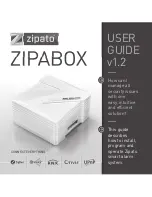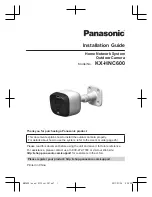
90/140
Siemens
RXB (KNX) Applications library
CLC and RAD description of functions for CC-02 CM110384en_03
Building Technologies
Control sequences
28 Feb 2009
HandyTool
Short name
Range
Basic setting
HandyTool
Cool surf bus valve
0 = Disabled / Off,
1 = Enabled / On
disabled (0)
*088
8.2.3
Valve exercising feature
To prevent valves from seizing after long periods of inactivity (e.g. cooling valve in
winter), the valves are operated from time to time. The valve actuators are operated in
such a way as to waste as little heating or cooling energy as possible.
The valve exercising function is triggered if the valve has been closed for ca. 91 hours
without interruption.
8.2.4
Override chilled ceiling valve actuators
For test purposes, the valve actuators can each be overridden individually via the
following communication objects:
Cooling surface valve override (input communication object)
Flags
R W C T U
Type Receive
timeout
Value
0 1 1 0 0 8.010
DPT_Percent_V16
No
0...100%
0 = 0%
+100 = +100%
+32767 = invalid
Before the valve actuators can be overridden, Test mode must be activated via the
communication object
Application mode
(see page 105).
8.2.5
Dewpoint monitoring
Dewpoint monitoring is essential to prevent condensation on the chilled ceiling and the
associated damage to the building.
DESIGO RXB provides passive dewpoint monitoring. If condensation occurs, the
cooling valve is fully closed
until no further condensation is detected.
The cooling output is thus temporarily disabled. However, the room controller remains
in its effective room operating mode.
The example below shows central dewpoint monitoring combined with passive
dewpoint monitoring provided by the DESIGO RXB controller. The flow temperature is
increased in accordance with a centrally calculated dewpoint temperature. If the
dewpoint temperature in the room exceeds the flow temperature, condensation forms
and the cooling valve closes.
KNX
R
CO
Note
















































